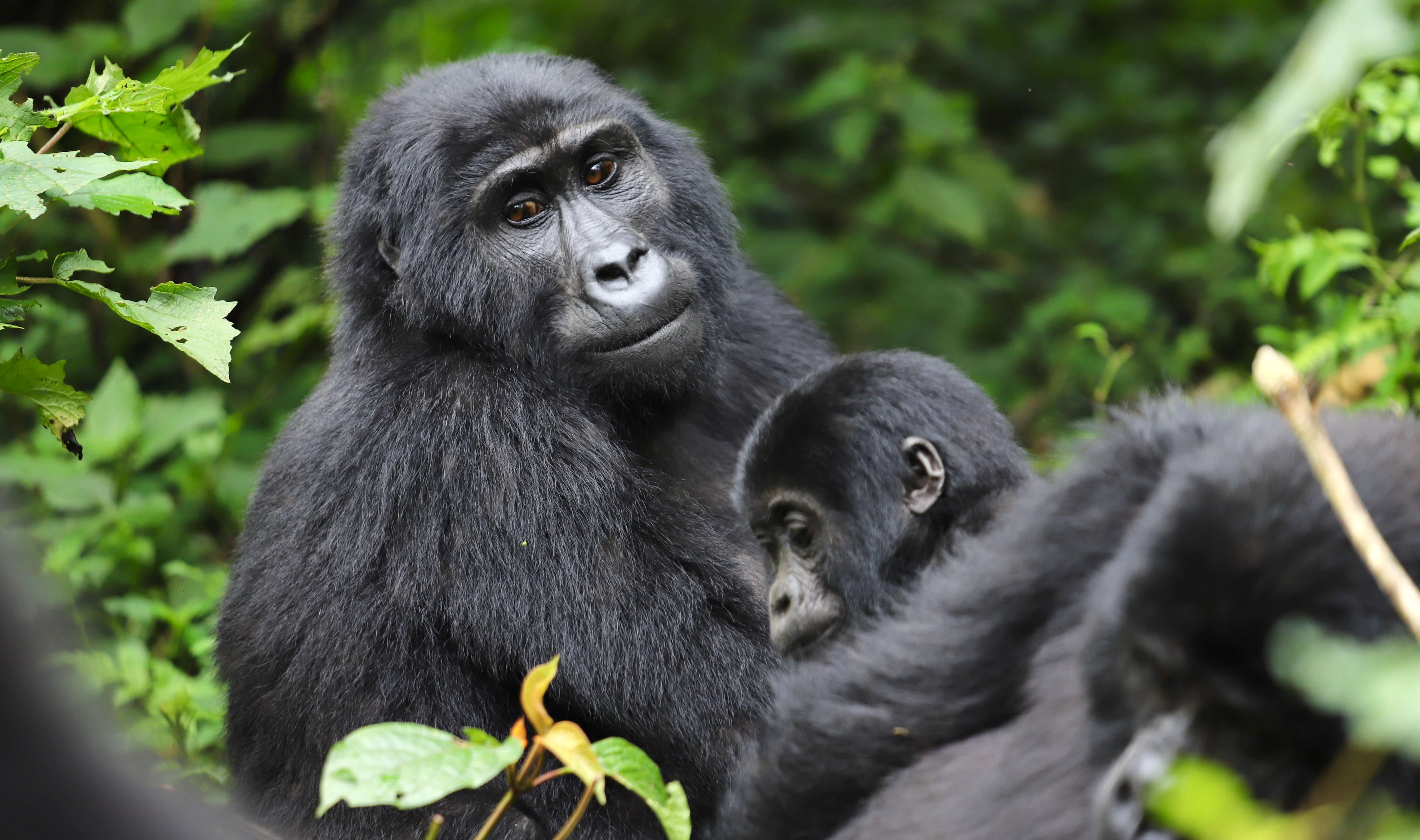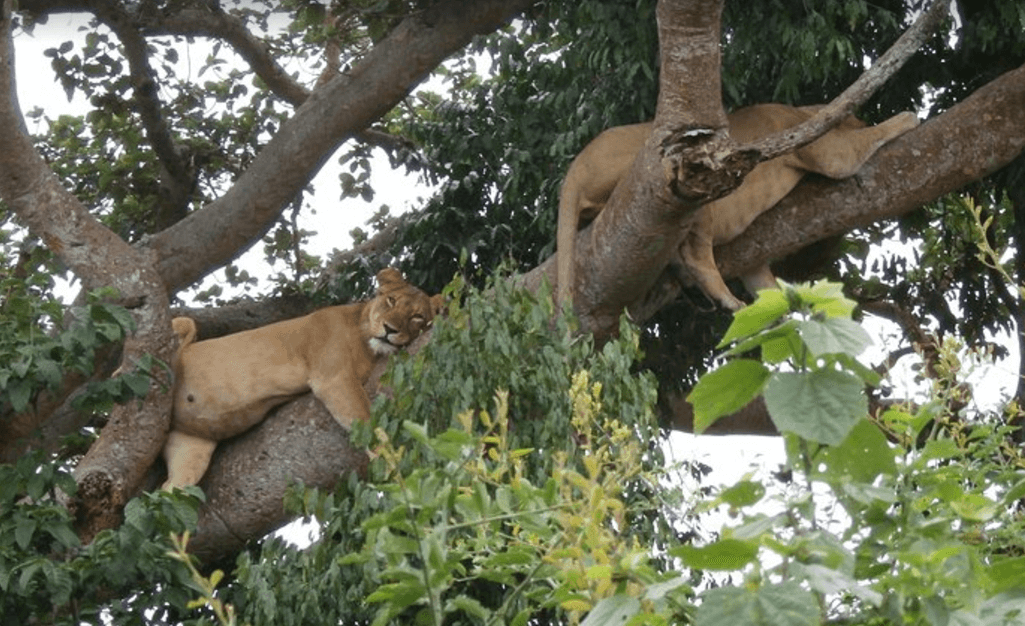Bird Watching Safaris Uganda
Uganda Bird Watching Safari
Uganda, a haven for birding enthusiasts, offers an unparalleled bird watching safari experience, teeming with over 1,000 species, including several endemics. This biodiversity hotspot, often hailed as the “Pearl of Africa,” boasts an array of ecosystems from lush rainforests to expansive wetlands, each providing a sanctuary for different bird species.
Key destinations include the renowned Bwindi Impenetrable Forest, home to the Albertine Rift endemics; Mabamba Bay, famous for its elusive Shoebill Storks; and the diverse habitats of Queen Elizabeth National Park, which hosts over 600 bird species. Kibale Forest is another gem, celebrated not just for its primate population but also for its vibrant birdlife.
areas, alongside others like the Rwenzori Mountains and Lake Mburo National Park, offer rich opportunities for both novice and seasoned birdwatchers to explore and enjoy Uganda’s avian treasures through guided tours. Each safari promises unique encounters with some of the world’s most exotic and rare birds, making Uganda a top destination for a spectacular birding adventure.
Popular Uganda Bird Watching Safari
Uganda Birding Destinations
Uganda is a paradise for birdwatchers, boasting an impressive list of over 1,000 bird species, some of which are among the rarest on the continent. Each of Uganda’s national parks offers unique birding opportunities, making the country a must-visit destination for avian enthusiasts. Here is a guide to the best birding destinations across all of Uganda’s national parks.
Murchison Falls National Park
Murchison Falls, Uganda’s largest national park, provides a habitat for more than 450 bird species. The park’s diverse landscapes, which include savannah, riverine forest, and wetlands, are home to the rare Shoebill stork, the Goliath heron, and the Grey-crowned crane, Uganda’s national bird. Birdwatchers can enjoy both game drives and boat trips on the Nile to view a variety of waterfowl and raptors.
Queen Elizabeth National Park
Queen Elizabeth National Park, home to over 600 bird species, is one of Africa’s premier birding destinations and a highlight of any Uganda Bird Watching Safari. Key birding areas within the park include the Mweya Peninsula, which is ideal for savannah birding, and the vast wetlands surrounding Lake George. Birdwatchers can spot species such as the African skimmer, Pink-backed pelican, Papyrus gonolek, and a range of eagles and vultures. With its rich avian diversity, Queen Elizabeth National Park is an essential stop for anyone on a Uganda birding adventure.
Bwindi Impenetrable National Park
Famous for mountain gorillas, Bwindi also supports nearly 350 bird species, including 23 Albertine Rift endemics. The park’s dense forests are prime birding spots, with species such as the African green broadbill, Chapin’s flycatcher, and the Shelley’s crimsonwing. Birding in Bwindi is a challenging yet rewarding experience due to the dense foliage and rugged terrain.
Kibale National Park
This forested park is renowned for its primate population but also boasts around 375 bird species. Birding here can be spectacular, with sightings of the Green-breasted pitta, African pitta, and Red-faced woodland warbler. The Bigodi Wetland Sanctuary, just outside the park, is particularly rich in birdlife, including the Great blue turaco and Black-crowned waxbill.
Rwenzori Mountains National Park
Known as the “Mountains of the Moon,” the Rwenzori is a great destination for high-altitude birding. Approximately 217 bird species can be found here, including several Albertine Rift endemics like the Rwenzori turaco and Montane sooty boubou. The unique montane vegetation provides a dramatic backdrop for birdwatching.
Lake Mburo National Park
Though smaller than Uganda’s other national parks, Lake Mburo is home to more than 315 bird species. It offers a mix of acacia woodland and wetland habitats, attracting birds such as the African finfoot, Brown-chested lapwing, and the elusive African fish eagle. Boat trips on Lake Mburo are particularly good for spotting kingfishers and other water birds.
Semuliki National Park
Bordering the Congo, this lowland rainforest park is known for its Central African species, extending into East Africa. Over 400 species, including the Congo serpent eagle and Nkulengu rail, can be observed in Semuliki, making it a unique birding spot with a blend of East and Central African bird species.
Each of these parks offers something unique, from forested canopies to open savannahs and mountainous terrains, providing habitats for a diverse range of bird species. Whether you are a novice birdwatcher or an experienced ornithologist, Uganda’s national parks provide ample opportunities to observe some of Africa’s most spectacular birds in their natural environments.
Frequently Asked Questions
1. What is the best birding destination in Uganda?
Uganda offers several top birding destinations, including Bwindi Impenetrable Forest, Mabamba Bay, and Queen Elizabeth National Park, each providing unique birdwatching opportunities.
2. When is the best time to go birdwatching in Uganda?
The best time for birdwatching in Uganda is during the dry seasons from December to February and June to August. Migratory birds also visit between November and April.
3. Are there any endemic bird species in Uganda?
Yes, Uganda is home to several endemic bird species, particularly in areas like the Albertine Rift, found in Bwindi Impenetrable Forest.
4. How can I spot the Shoebill Stork in Uganda?
- The best place to see the Shoebill Stork is at Mabamba Bay, where guided canoe trips through the wetlands increase your chances of spotting this elusive bird.
5. What should I expect from a birdwatching safari in Uganda?
- The minimum age for gorilla trekking in both Rwanda and Uganda is 15 years. This is to ensure the safety of the trekkers and the gorillas, as younger children might struggle with the trek or disturb the animals.
6. Can I combine birdwatching with other wildlife safaris in Uganda?
Yes, many of Uganda’s national parks, like Queen Elizabeth and Lake Mburo, offer opportunities to combine birdwatching with wildlife safaris, including sightings of elephants, lions, and zebras.
Uganda Tours
- 2 Days Uganda Birding Safaris
- 3 Days Gorilla and Golden Monkeys Tour
- 3 Days Bwindi Gorilla Trekking Safari
- 4 days Murchison Falls Safari
- 4 Days Queen Elizabeth Wildlife Safari
- 4 Days Kidepo wildlife Tour
- 5 Days Uganda Gorillas and Chimpanzee Wildlife Safari
- 5 Days Murchison Falls Safari
- 5 Days Queen Elizabeth Safari
- 5 Days Uganda Primates Safari
- 7 Days Bwindi Gorilla Trek & Wildlife Uganda
- 10 Days Uganda wildlife and Primates Safari
Related Tours
No tours found.















